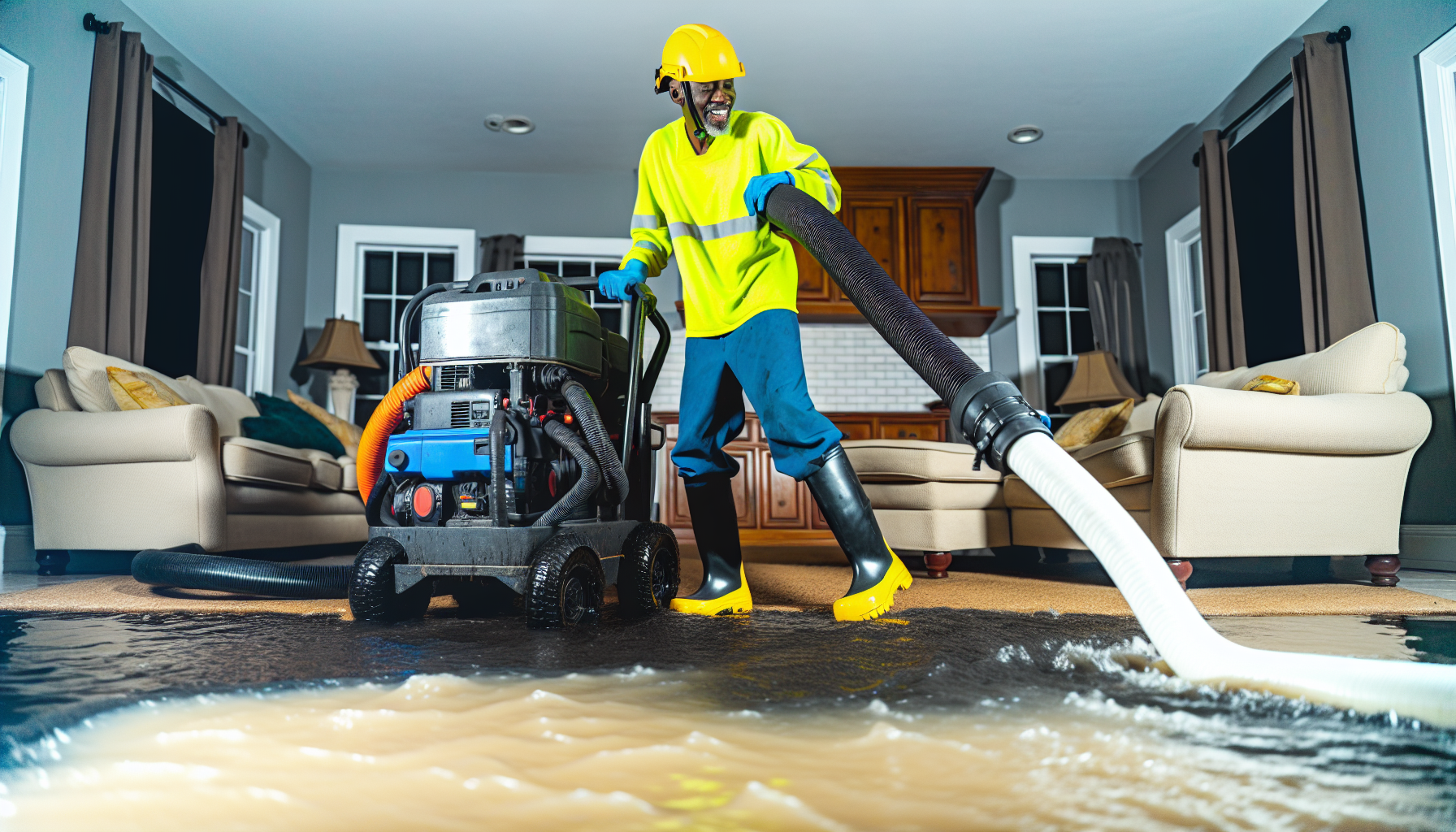Water Damage Restoration
Water damage restoration is the process of cleaning, drying, repairing, and restoring a property that has been affected by water damage. Water damage can result from a variety of sources, such as flooding, broken pipes, leaks, and sewage backups, and it can lead to significant structural damage, mold growth, and health risks if not addressed promptly and effectively. For the quickest, most effective water damage restoration, contact www.certifiedinspections.com
Here’s an overview of the water damage restoration process:
1. Inspection and Assessment
- Identify the source of water: The first step is determining where the water came from and whether it is clean, gray, or black water (contaminated).
- Extent of damage: Restoration professionals use moisture detectors, infrared cameras, and other tools to assess how far the water has spread and how much damage has occurred.
2. Water Removal (Extraction)
- Remove standing water: Powerful pumps and vacuums are used to extract as much standing water as possible. This step is crucial to minimize further damage.
- Wet materials removal: Items like carpets, padding, and drywall that are saturated with water may need to be removed, especially if the water is contaminated.
3. Drying and Dehumidification
- Drying the area: After the water is removed, high-powered fans, air movers, and dehumidifiers are used to dry out the space. This helps to prevent mold growth and further structural damage.
- Monitoring moisture levels: Professionals use moisture meters to track the drying process and ensure that all affected areas are thoroughly dried.
4. Cleaning and Sanitizing
- Disinfection: Any surfaces that came into contact with the water are cleaned and disinfected to prevent mold and bacteria growth, especially in cases of sewage or floodwater.
- Odor removal: Deodorization techniques, such as air scrubbers and fogging equipment, may be used to remove musty odors caused by water damage.
- Cleaning personal belongings: Salvageable items, such as furniture, clothing, and other personal possessions, may be cleaned and restored.

Anti-microbial treatment: Since water damage creates an ideal environment for mold growth, professionals often apply anti-microbial treatments to prevent mold infestations.
Monitor for mold: Even after water damage restoration, it’s important to keep an eye on moisture levels and ensure proper ventilation to avoid future mold problems.
6. Structural Repairs
- Restoration: Depending on the severity of the water damage, some parts of the structure, such as walls, floors, or ceilings, may need to be replaced or repaired. This can include drywall installation, flooring replacement, or painting.
- Comprehensive repairs: In severe cases, major structural repairs might be necessary to restore the property to its pre-damage condition.
7. Final Inspection
- Confirm successful restoration: After the work is completed, a final inspection ensures that all water has been removed, drying has been effective, and the property is safe and back to normal.

- Clean Water (Category 1): Water from a clean source, such as a broken water supply line or faucet, which poses no substantial health risk.
- Gray Water (Category 2): Water that may contain contaminants, such as from washing machines, dishwashers, or toilet overflows (without feces).
- Black Water (Category 3): Highly contaminated water, typically from sewage, floodwater, or seawater, which poses serious health risks and requires specialized handling.
Key Considerations:
- Timing: Water damage can quickly escalate into more serious problems such as mold growth and structural damage, so acting swiftly is critical.
- Professional help: For large-scale water damage or contaminated water, hiring professional water damage restoration services is essential for thorough cleanup and safety.
Proper water damage restoration prevents further deterioration, ensuring that your property is safe and habitable after water intrusion.

